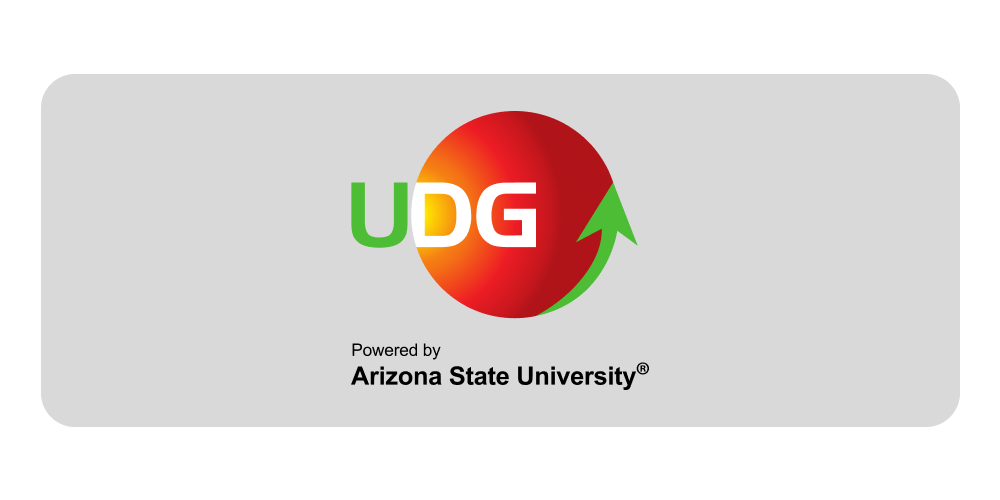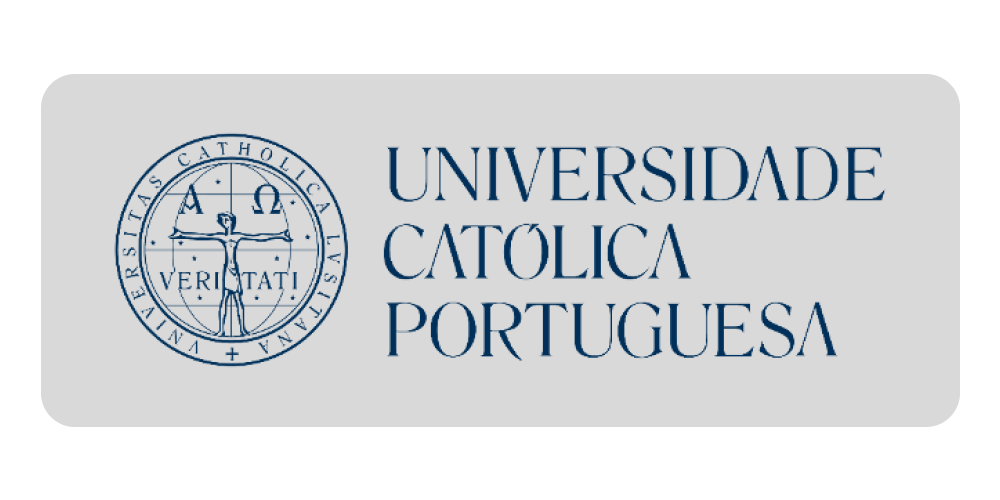Archeologia Adriatica
Pektoralni nakit kod Liburna: odrazi mita o Sunčevu putovanju u liburnskoj kulturi
2016
Croatian
This work offers an iconographical-semantical analysis of two large bronze pectorals in the Liburnian culture, from Nin and Zaton (grave 6), symbolically based on the myth of the Sun’s journey through a composition of two “bird boats”, daily and nightly/underground, and iconography of incised scenes, and particularly through a “story” on the disk of the Sun (Nin), in style of “abstract narration”. Mythical story develops through three vertically hierarchized horizontal spheres of the World: heaven-earth-underworld (?). The essence of the myth is depicted in the upper sphere with a complex symbol of “cross in a circle/disk with four dots” (Nin). The symbol denotes that the world is a whole arranged in a cross-shaped manner by the Sun in sign of the number four, divided into four chronological and spatial segments: with fourfold rhythm of time and distribution in four directions/sections. Since “cross in a circle with four dots” is the
central code of the solar cult in terms of religion during the (Late) Bronze and Early Iron Age, it is analyzed comparatively, in the communities from the European North to the South. In this work pectorals from Nin and Zaton were defined as the Picenian cultural elements but strongly integrated in the Liburnian culture since the Liburnians and Picenians used solar signs and symbols for a long time in shaping “female” and “male” (funerary) attire.U radu se ikonografsko-semantički analiziraju dva velika brončana pektorala kod Liburna, iz Nina i Zatona – grob 6, simbolički utemeljena na mitu o Sunčevu putovanju i to kompozicijom dviju „ptičjih lađa“, dnevne i noćne/podzemne, i ikonografijom urezanih prizora, ponajprije „pričom“ na Sunčevu disku (Nin), u stilu „apstraktne naracije“. Mitska priča teče kroz tri vodoravne sfere svijeta: nebo – zemlja – podzemlje (?). Bit mita je ocrtan u gornjoj sferi složenim simbolom „križa u krugu/disku s četiri točke“ (Nin). Simbol govori da je svijet križno Suncem uređena cjelina u znaku broja četiri, podijeljena na četiri vremensko-prostorna dijela: s četvornim ritmom vremena i s rasprostiranjem u četiri pravca/odsječka. Kako je „križ u krugu s četiri točke“ središnji kôd religijske solarnosti tijekom (kasnog) brončanog i ranog željeznog doba, on se komparativno analizira u zajednicama od europskog Sjevera do Juga. Pektorali iz Nina i Zatona u ovom radu određeni su kao picenski kulturni element, no snažno integriran uliburnsku kulturu s obzirom na to da su se i Liburni i Piceni dugotrajno koristilisolarnim znakovima i simbolima u oblikovanju „ženskog“ i „muškog“ (posmrtnog)odijela
Archeologia Adriatica
Pektoralni nakit kod Liburna: odrazi mita o Sunčevu putovanju u liburnskoj kulturi
This work offers an iconographical-semantical analysis of two large bronze pectorals in the Liburnian culture, from Nin and Zaton (grave 6), symbolically based on the myth of the Sun’s journey through a composition of two “bird boats”, daily and nightly/underground, and iconography of incised scenes, and particularly through a “story” on the disk of the Sun (Nin), in style of “abstract narration”. Mythical story develops through three vertically hierarchized horizontal spheres of the World: heaven-earth-underworld...
Preuzmite dokument
Croatian
2016
 Sineva Kukoč
Sineva Kukoč
Institute of arhaeology
A review of the cremation rite in the liburnian cultural context
Autor nastoji formulirati novi problem – pojavu i značenje incineracije kod Liburna – uočen 2004. i 2007. godine, otkrićem prvih spaljenih pokopa u liburnskim funerarnim kontekstima iz starijeg željeznog doba, u humku 13 iz Nadina kod Benkovca, s tri grobne žare, te u humku Jokina glavica-Krneza s 4 žarna groba (10./9. st. pr. Kr.), još nepublicirana. Problem se može rješavati u okviru kulturne dinamike na Jadranu i širem zaleđu (s urnenfelder svijetom) krajem brončanog i početkom željeznog doba....
Preuzmite dokument
Croatian
2010
 Sineva Kukoč
Sineva Kukoč
Institute of arhaeology
A review of the cremation rite in the liburnian cultural context
Autor nastoji formulirati novi problem – pojavu i značenje incineracije kod Liburna – uočen 2004. i 2007. godine, otkrićem prvih spaljenih pokopa u liburnskim funerarnim kontekstima iz starijeg željeznog doba, u humku 13 iz Nadina kod Benkovca, s tri grobne žare, te u humku Jokina glavica-Krneza s 4 žarna groba (10./9. st. pr. Kr.), još nepublicirana. Problem se može rješavati u okviru kulturne dinamike na Jadranu i širem zaleđu (s urnenfelder svijetom) krajem brončanog i početkom željeznog doba....
Preuzmite dokument
2010
 Sineva Kukoč
Sineva Kukoč






